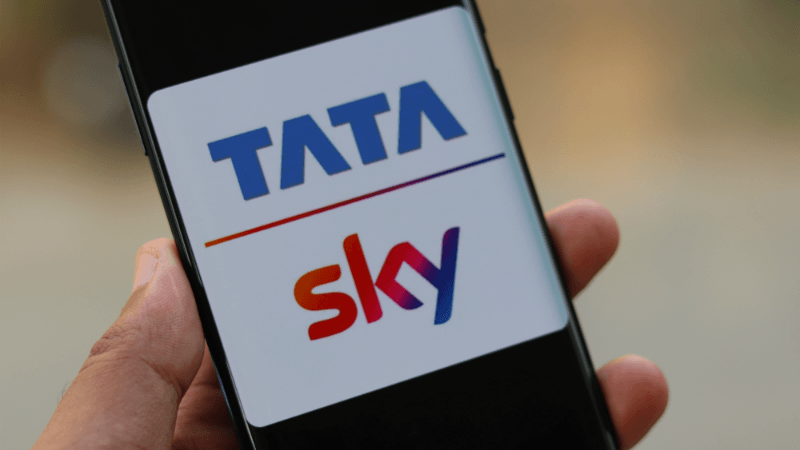Tata Sky had introduced its multi-TV policy later than every other DTH operator in the industry, and now it seems that it will be the first one to wrap its multi-TV plans from the market. The DTH operator had introduced a complicated multi-TV policy for its subscribers who wanted to subscribe to multiple TV connections in a single home. Although the real cause of this move is not yet known, but the chances are that Tata Sky might be withdrawing its multi-TV plans because of the latest Trai order. The DTH operator might be on the path of full compliance with the new tariff order by removing its multi-TV plans effective June 15.

Tata Sky Multi-TV Policy and Non-Compliance with New Tariff Regime
A Tata Sky representative has said that all the connections starting June 15 will be billed independently and not according to the multi-TV policy. The Tata Sky representative said, “If you do not change your packs of secondary boxes, then post June, your prices of each box will be same as that of primary box price. So to have the prices of all the boxes in your budget we recommend you to change the pack of each box and control your budget. By this way, you would be able to select whatever you want to watch on each TV and pay for that content only rather than paying higher for default primary content on secondary boxes.”
This announcement from Tata Sky officially means that there would be no multi-TV scheme effective June 15. Whereas other companies like D2h, Airtel Digital continue to offer their multi-TV plans. D2h is offering by far the most attractive multi-TV policy, with a flat NCF of Rs 50, whereas Airtel Digital TV is offering Rs 50 discount on the NCF of subsequent connections.
All Tata Sky Connections to be Billed Separately After June 15
It is possible that the reason why Tata Sky is withdrawing its multi-TV policy is that some of its parameters were breaching the clauses of the new tariff order. For example, the Trai tariff order relating to multi-TV connections had said that the discount by the DTH service provider was only applicable to NCF and not on pay channels. However, Tata Sky’s multi-TV scheme had an unclear pricing structure, and it wasn’t clear whether the service provider was offering a discount on NCF or pay channels or both.
This made it tough for the subscribers to get a clarity about how much they were paying for NCF or the content charges, whereas the new tariff regime places a heavy emphasis on availing the customers a transparent bill which tells them how much they are paying for NCF and pay channels. Additionally, Tata Sky’s multi-TV connection mirrored the channels of primary connection onto secondary channels again breaching another critical point of new Trai tariff regime which allows the subscribers to choose only the channels which they want to watch and pay for.















